We put the Motorola Edge 30 Pro through our rigorous DXOMARK Camera test suite to measure its performance in photo, video, and zoom quality from an end-user perspective. This article breaks down how the device fared in a variety of tests and several common use cases and is intended to highlight the most important results of our testing with an extract of the captured data.
Overview
Key camera specifications:
- Primary: 50MP 1/1.55″ sensor, 1.0µm pixels, f/1.8-aperture lens, multi-directional PDAF, OIS
- Ultra-wide: 50MP 1/2.76″ sensor, 0.64µm pixels, 114˚ field of view, f/2.2-aperture lens
- Depth: 2MP sensor, f/2.4-aperture lens
- Video: 8K at 24/30fps, 4K at 30fps, 3.2K at 60fps, 1080p at 30/60/120/240/960fps, 10-bit HDR10+ (4K at 30fps tested)
Scoring
Sub-scores and attributes included in the calculations of the global score.
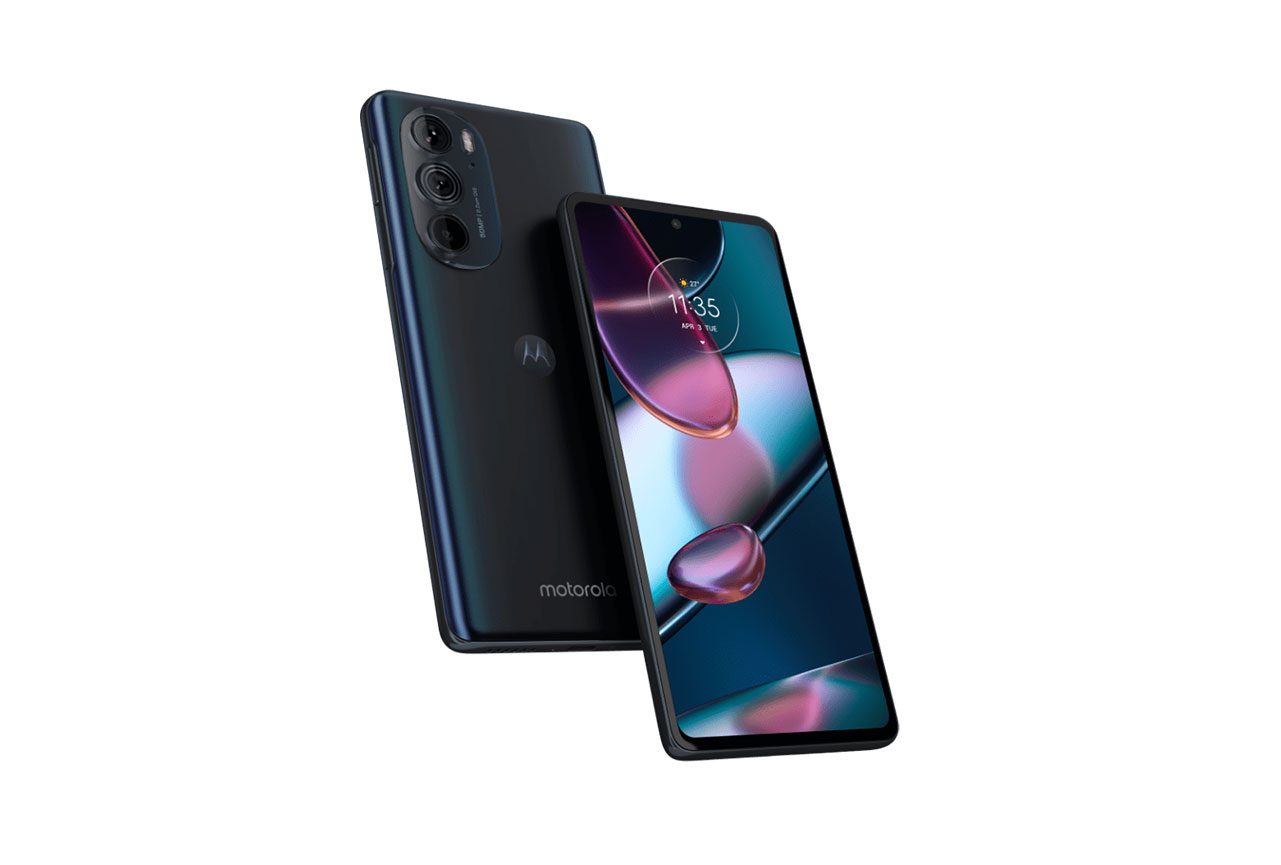
Motorola Edge 30 Pro


Use cases & Conditions
Use case scores indicate the product performance in specific situations. They are not included in the overall score calculations.
Outdoor
Photos & videos shot in bright light conditions (≥1000 lux)
Indoor
Photos & videos shot in good lighting conditions (≥100lux)
Lowlight
Photos & videos shot in low lighting conditions (<100 lux)
Friends & Family
Portrait and group photo & videos
Pros
- Good photo and video exposure in most lighting conditions
- Stable and pleasant white balance
- Wide depth of field that keeps all subjects in group shots in focus
- Well-controlled noise in outdoors videos
- Effective video stabilization on static scenes
Cons
- Exposure and autofocus instabilities across consecutive shots
- Ghosting and color quantization artifacts
- Fairly high noise levels in most conditions
- Poor zoom quality, low level of detail at most zoom settings
- Video exposure instabilities
- Strong noise in low-light video
- Desaturated colors in low-light videos
Competing in the Premium price segment, the Edge 30 Pro is Motorola’s latest flagship phone. It is powered by Qualcomm’s fastest chipset — the Snapdragon 8 Gen 1 — and comes with a 6.7-inch OLED display that supports a 144 Hz refresh rate. A stylish camera bump with a rounded finish on the back of the device houses three lenses. A 50MP primary camera with f/1.8-aperture lens is assisted by a 50MP f/2.2 ultra-wide and a 2MP depth sensor. The ultrawide also doubles as a macro lens. As a consequence, the Edge 30 Pro’s macro capabilities should be a step up from the 2MP macro lenses that are common on current budget and mid-range phones, including many of Motorola’s own G series phones.
In our DXOMARK Camera ranking, the Motorola Edge 30 Pro does not make it among the top devices, but in the right light conditions, it captures photos and videos with good exposure and pleasant white balance. A wide depth of field makes sure that all subjects in group shots are rendered acceptably sharp. On the downside, image noise is often noticeable in both photos and videos, and video clips can suffer from exposure instabilities.
Test summary
About DXOMARK Camera tests: DXOMARK’s Camera evaluations take place in laboratories and in real-world situations using a wide variety of subjects. The scores rely on objective tests for which the results are calculated directly by measurement software on our laboratory setups, and on perceptual tests in which a sophisticated set of metrics allow a panel of image experts to compare aspects of image quality that require human judgment. Testing a smartphone involves a team of engineers and technicians for about a week. Photo, Zoom, and Video quality are scored separately and then combined into an Overall score for comparison among the cameras in different devices. For more information about the DXOMARK Camera protocol, click here. More details on smartphone camera scores are available here. The following section gathers key elements of DXOMARK’s exhaustive tests and analyses. Full performance evaluations are available upon request. Please contact us on how to receive a full report.
Photo
Motorola Edge 30 Pro
169
For scoring and analysis, DXOMARK engineers capture and evaluate more than 2,600 test images both in controlled lab environments and in outdoor, indoor and low-light natural scenes, using the camera’s default settings. The photo protocol is designed to take into account the main use cases and is based on typical shooting scenarios, such as portraits, family, and landscape photography. The evaluation is performed by visually inspecting images against a reference of natural scenes, and by running objective measurements on images of charts captured in the lab under different lighting conditions from 1 to 1,000+ lux and color temperatures from 2,300K to 6,500K.
In photo mode, the Motorola Edge 30 Pro can produce decent images with accurate target exposure. Dynamic range is limited, though, and on occasion, the camera slightly underexposes in order to avoid clipping in the highlights. White balance is quite stable and accurate, with a cool touch to outdoor images. Overall color rendering looks a little desaturated and skin tones can be slightly off.
The autofocus is sometimes unstable across consecutive shots, but a wide depth of field helps maintain good sharpness on all subjects in group shots. Images have a slightly low level of texture and detail and there is some noise noticeable in all light conditions. Our testers also observed some image artifacts, including ghosting in high contrast conditions and color quantization.

Exposure
Motorola Edge 30 Pro
130

Color
Motorola Edge 30 Pro
130
Exposure and color are the key attributes for technically good pictures. For exposure, the main attribute evaluated is the brightness of the main subject through various use cases such as landscape, portrait, or still life. Other factors evaluated are the contrast and the dynamic range, eg. the ability to render visible details in both bright and dark areas of the image. Repeatability is also important, because it demonstrates the camera's ability to provide the same rendering when shooting several images of the same scene.
For color, the image quality attributes analyzed are skin-tone rendering, white balance, color shading, and repeatability. For color and skin tone rendering, we penalize unnatural colors but we respect a manufacturer's choice of color signature.
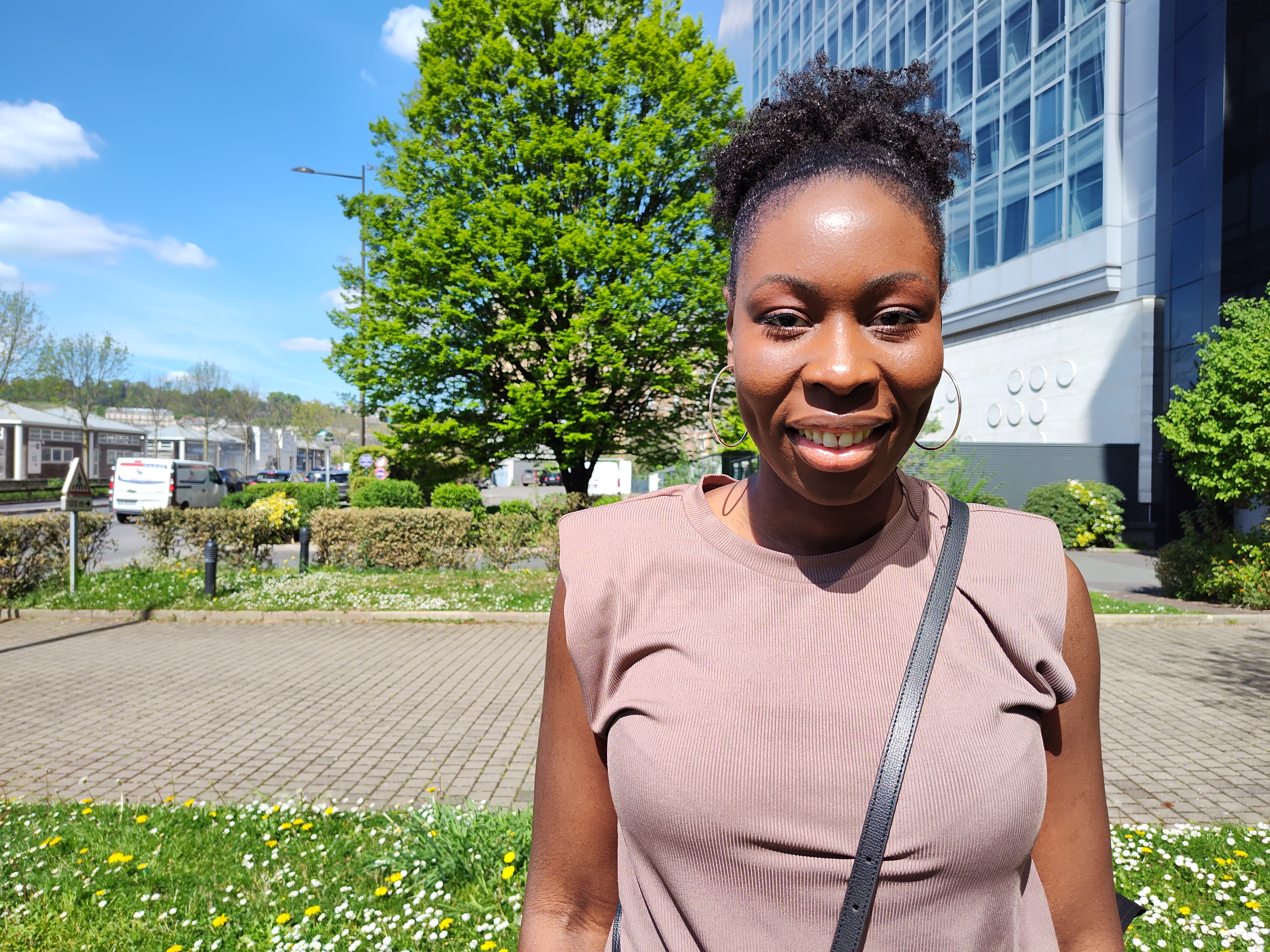

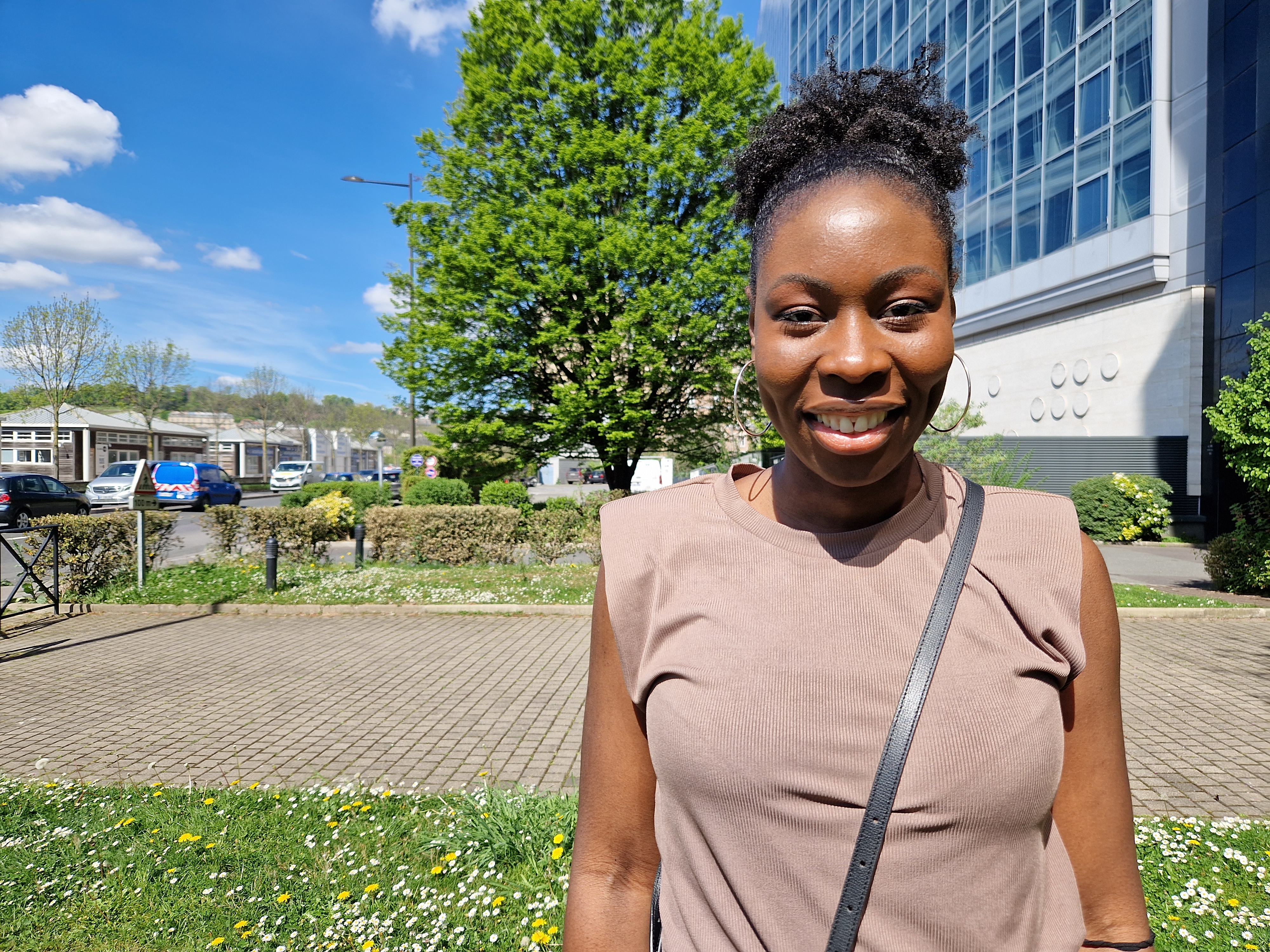

Autofocus
Motorola Edge 30 Pro
125
Autofocus tests concentrate on focus accuracy, focus repeatability, shooting time delay, and depth of field. Shooting delay is the difference between the time the user presses the capture button and the time the image is actually taken. It includes focusing speed and the capability of the device to capture images at the right time, what is called 'zero shutter lag' capability. Even if a shallow depth of field can be pleasant for a single subject portrait or close-up shot, it can also be a problem in some specific conditions such as group portraits; Both situations are tested. Focus accuracy is also evaluated in all the real-life images taken, from infinity to close-up objects and in low light to outdoor conditions.

Texture
Motorola Edge 30 Pro
125
Texture tests analyze the level of details and the texture of subjects in the images taken in the lab as well as in real-life scenarios. For natural shots, particular attention is paid to the level of details in the bright and dark areas of the image. Objective measurements are performed on chart images taken in various lighting conditions from 1 to 1000 lux and different kinds of dynamic range conditions. The charts used are the proprietary DXOMARK chart (DMC) and the Dead Leaves chart.

Noise
Motorola Edge 30 Pro
117
Noise tests analyze various attributes of noise such as intensity, chromaticity, grain, structure on real-life images as well as images of charts taken in the lab. For natural images, particular attention is paid to the noise on faces, landscapes, but also on dark areas and high dynamic range conditions. Noise on moving objects is also evaluated on natural images. Objective measurements are performed on images of charts taken in various conditions from 1 to 1000 lux and different kinds of dynamic range conditions. The chart used is the Dead Leaves chart and the standardized measurement such as Visual Noise derived from ISO 15739.

Artifacts
Motorola Edge 30 Pro
82
The artifacts evaluation looks at lens shading, chromatic aberrations, geometrical distortion, edges ringing, halos, ghosting, quantization, unexpected color hue shifts, among others type of possible un-natural effects on photos. The more severe and the more frequent the artifact, the higher the point deduction on the score. The main artifacts observed and corresponding point loss are listed below.

Preview
Motorola Edge 30 Pro
169
Preview tests analyze the image quality of the camera app's preview of the image, with particular attention paid to the difference between the capture and the preview, especially regarding dynamic range and the application of the bokeh effect. Also evaluated is the smoothness of the exposure, color and focus adaptation when zooming from the minimal to the maximal zoom factor available. The preview frame rate is measured using the LED Universal Timer.
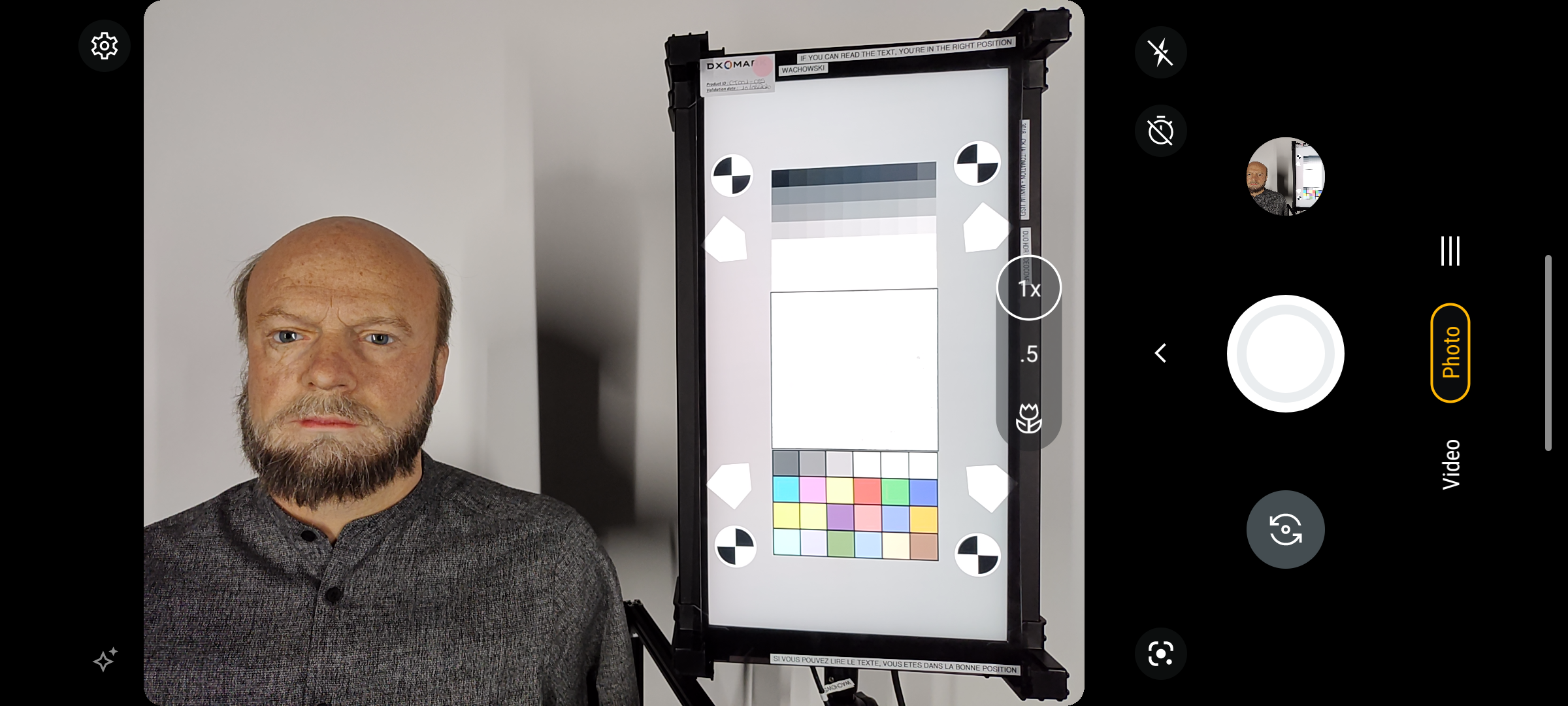
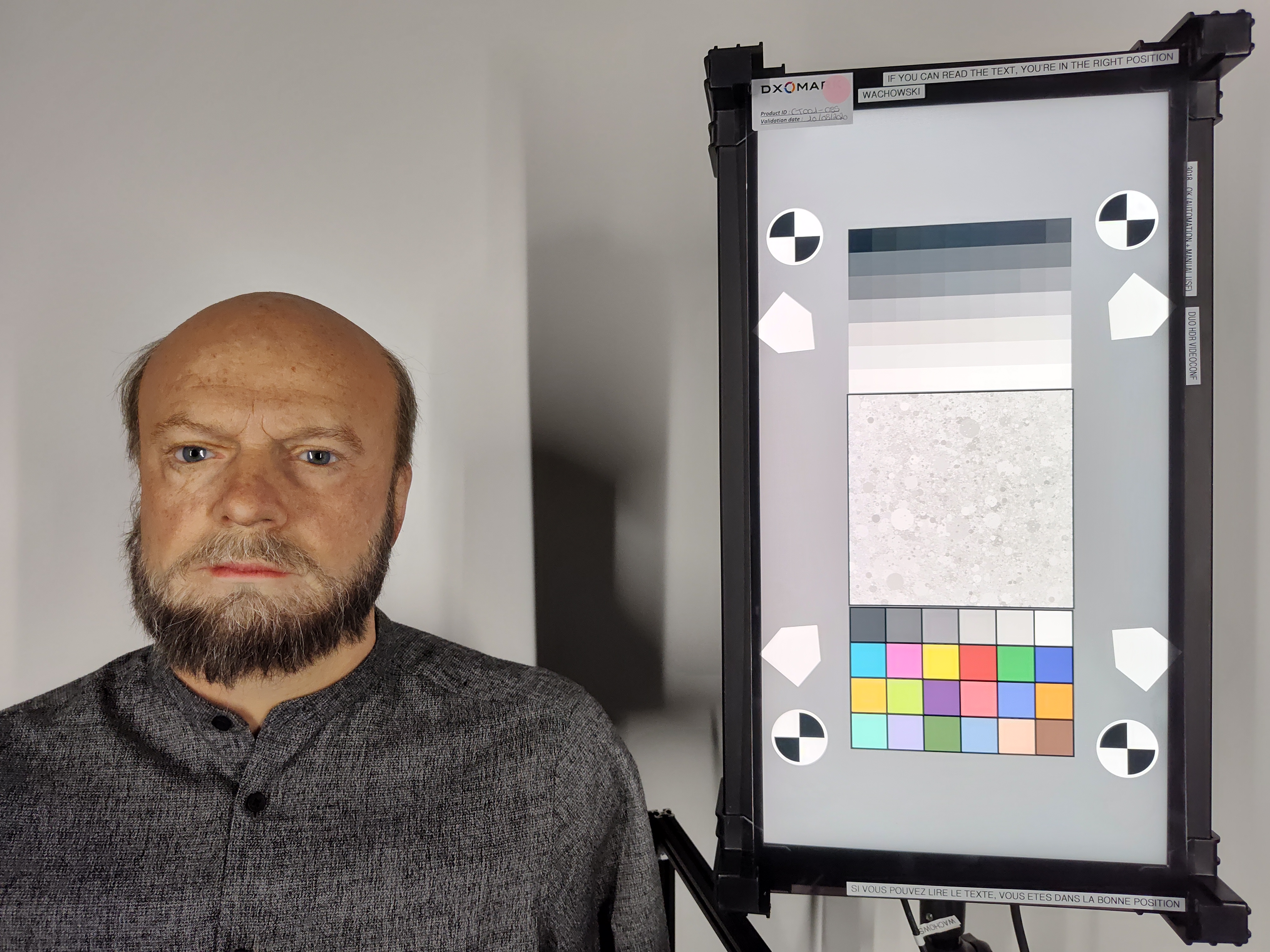
Zoom
Motorola Edge 30 Pro
169
DXOMARK engineers capture and evaluate over 400 test images in controlled lab environments and in outdoor, indoor, and low-light natural scenes, using the camera’s default settings and pinch zoom at various zoom factors from ultra wide to very long-range zoom. The evaluation is performed by visually inspecting the images against a reference of natural scenes, and by running objective measurements of chart mages captured in the lab under different conditions from 20 to 1000 lux and color temperatures from 2300K to 6500K.
Zooming isn’t a strong point of the Motorola Edge 30 Pro. Because there is no dedicated tele camera, all tele zooming is done digitally, resulting in a strong loss of detail. Target exposure tends to be better than on the Edge 20 Pro, but dynamic range is more limited, which leads to both highlight and shadow clipping.

Wide
Motorola Edge 30 Pro
122
These tests analyze the performance of the ultra-wide camera at several focal lengths from 12 mm to 20 mm. All image quality attributes are evaluated, with particular attention paid to such artifacts as chromatic aberrations, lens softness, and distortion. Pictures below are an extract of tested scenes.
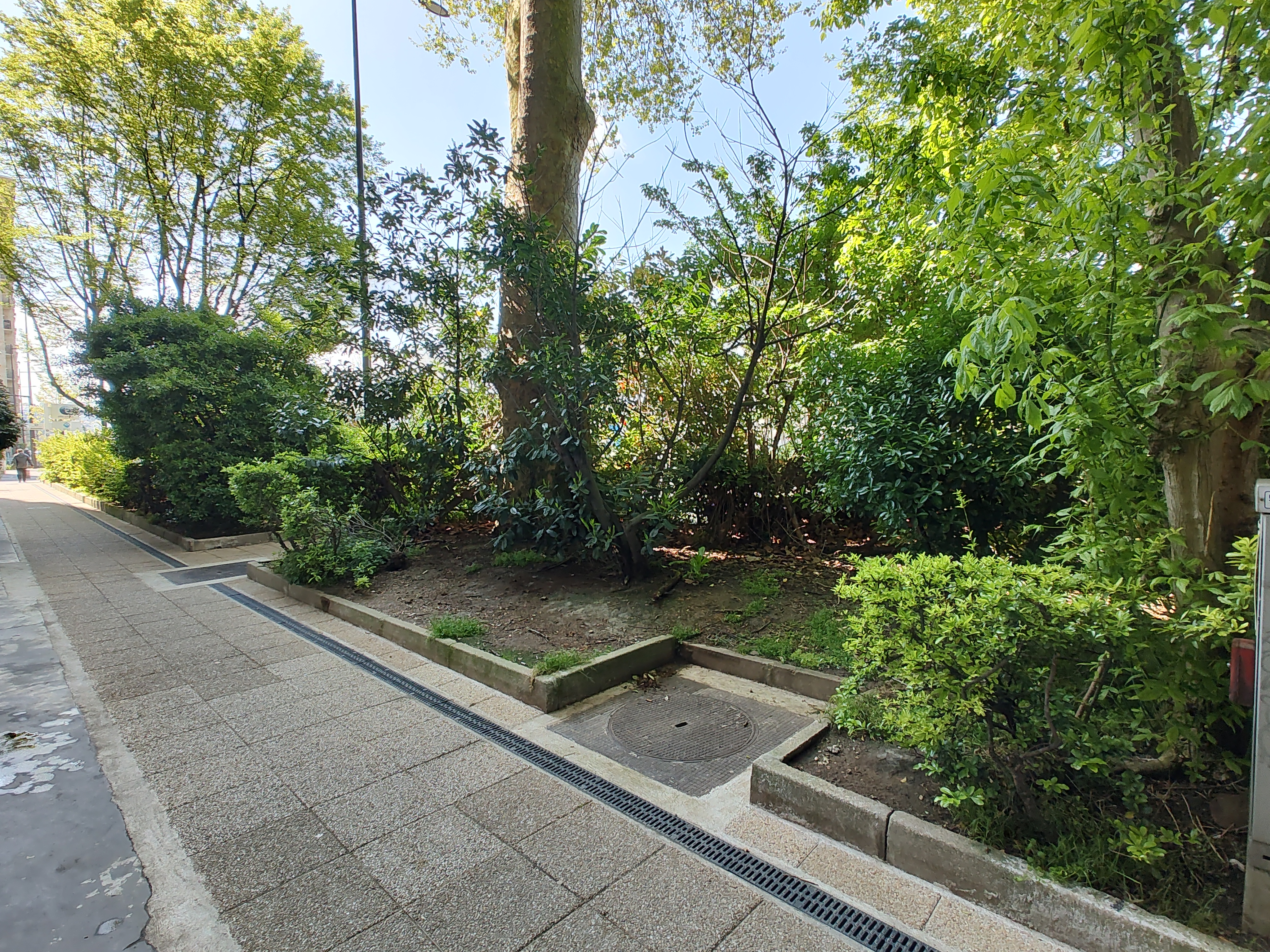
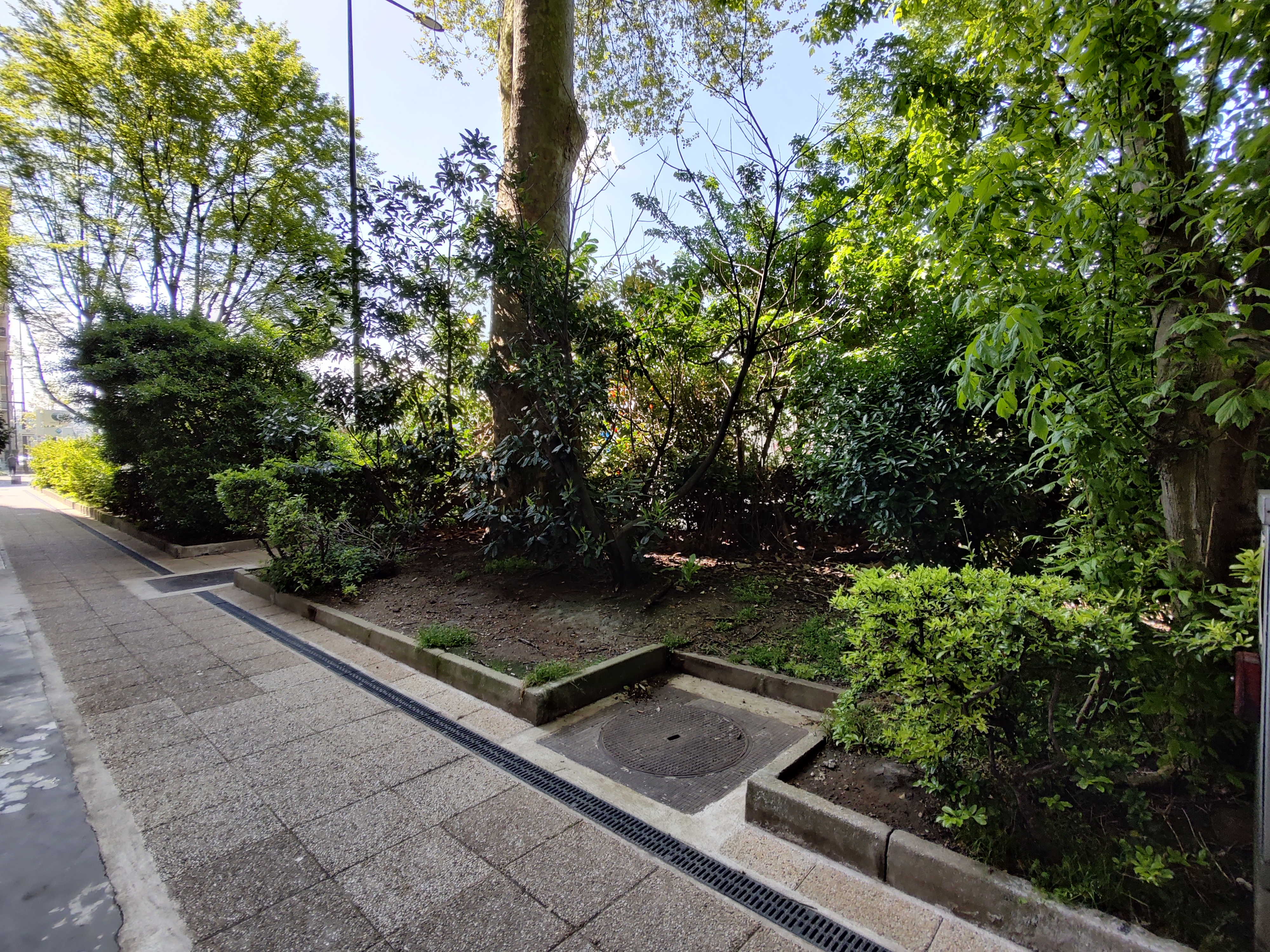
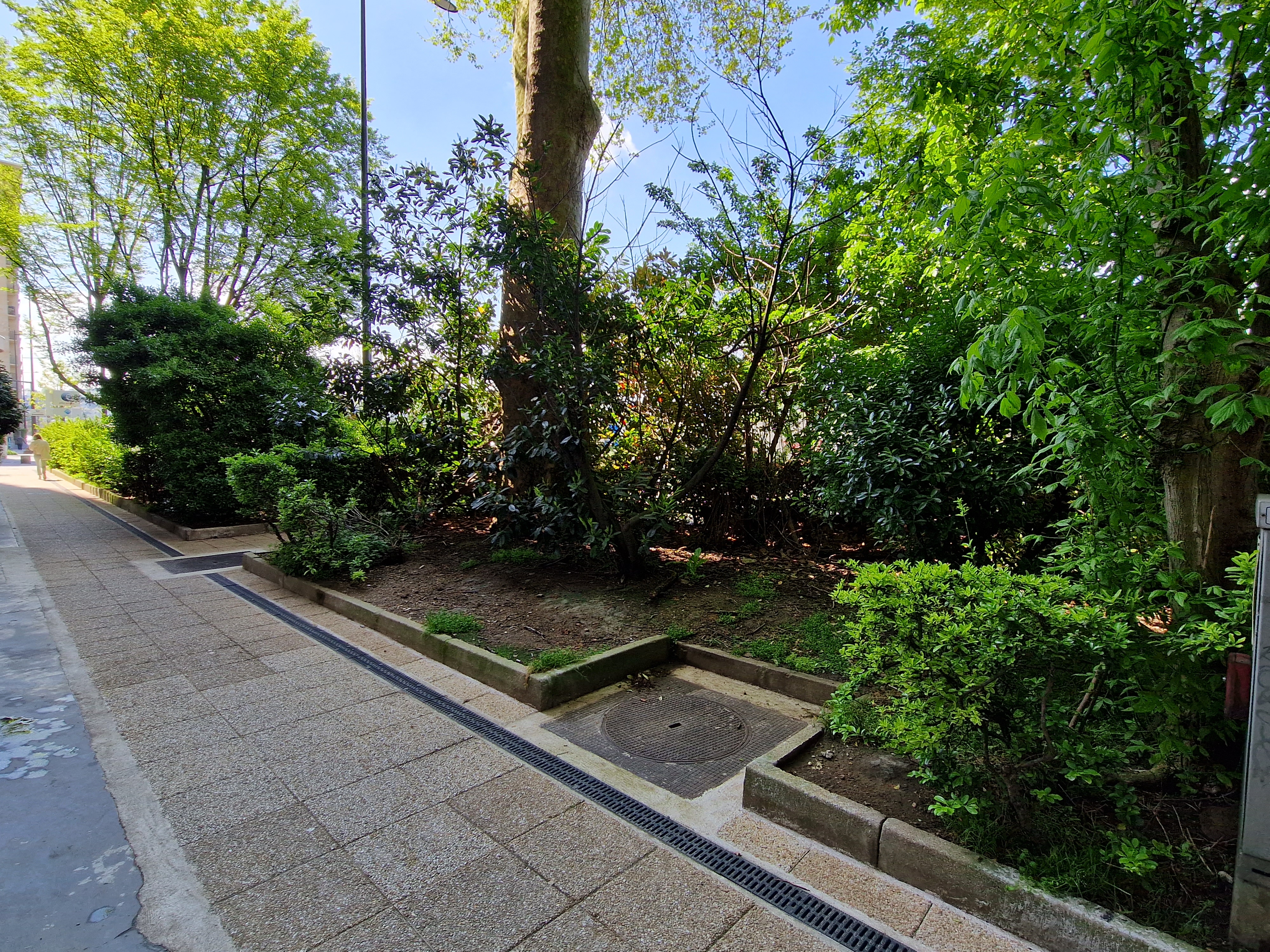

Tele
Motorola Edge 30 Pro
128
All image quality attributes are evaluated at focal lengths from approximately 40 mm to 300 mm, with particular attention paid to texture and detail. The score is derived from a number of objective measurements in the lab and perceptual analysis of real-life images.
Video
Motorola Edge 30 Pro
159
DXOMARK engineers capture and evaluate more than 2.5 hours of video in controlled lab environments and in natural low-light, indoor and outdoor scenes, using the camera’s default settings. The evaluation consists of visually inspecting natural videos taken in various conditions and running objective measurements on videos of charts recorded in the lab under different conditions from 1 to 1000 lux and color temperatures from 2300 to 6500K.
When recording video, the Motorola Edge 30 Pro manages to expose subjects nicely, even in low light. However, we noticed quite a lot of exposure instabilities in our sample clips. Noise is generally well-controlled, except in low light. White balance is stable in bright light and when shooting indoors, but instabilities become noticeable in low light. Video stabilization is pretty effective, but sharpness differences between frames are often visible when walking while recording.

Exposure
Motorola Edge 30 Pro
116

Color
Motorola Edge 30 Pro
120
Exposure tests evaluate the brightness of the main subject and the dynamic range, eg. the ability to render visible details in both bright and dark areas of the image. Stability and temporal adaption of the exposure are also analyzed.
Image-quality color analysis looks at color rendering, skin-tone rendering, white balance, color shading, stability of the white balance and its adaption when light is changing.

Texture
Motorola Edge 30 Pro
118
Texture tests analyze the level of details and texture of the real-life videos as well as the videos of charts recorded in the lab. Natural videos recordings are visually evaluated, with particular attention paid to the level of details in the bright and areas as well as in the dark. Objective measurements are performed of images of charts taken in various conditions from 1 to 1000 lux. The charts used are the DXOMARK chart (DMC) and Dead Leaves chart.

Noise
Motorola Edge 30 Pro
120
Noise tests analyze various attributes of noise such as intensity, chromaticity, grain, structure, temporal aspects on real-life video recording as well as videos of charts taken in the lab. Natural videos are visually evaluated, with particular attention paid to the noise in the dark areas and high dynamic range conditions. Objective measurements are performed on the videos of charts recorded in various conditions from 1 to 1000 lux. The chart used is the DXOMARK visual noise chart.

Stabilization
Motorola Edge 30 Pro
119
Stabilization evaluation tests the ability of the device to stabilize footage thanks to software or hardware technologies such as OIS, EIS, or any others means. The evaluation looks at residual motion, smoothness, jellow artifacts and residual motion blur on walk and run use cases in various lighting conditions. The video below is an extract from one of the tested scenes.

Artifacts
Motorola Edge 30 Pro
86
Artifacts are evaluated with MTF and ringing measurements on the SFR chart in the lab as well as frame-rate measurements using the LED Universal Timer. Natural videos are visually evaluated by paying particular attention to artifacts such as aliasing, quantization, blocking, and hue shift, among others. The more severe and the more frequent the artifact, the higher the point deduction from the score. The main artifacts and corresponding point loss are listed below.


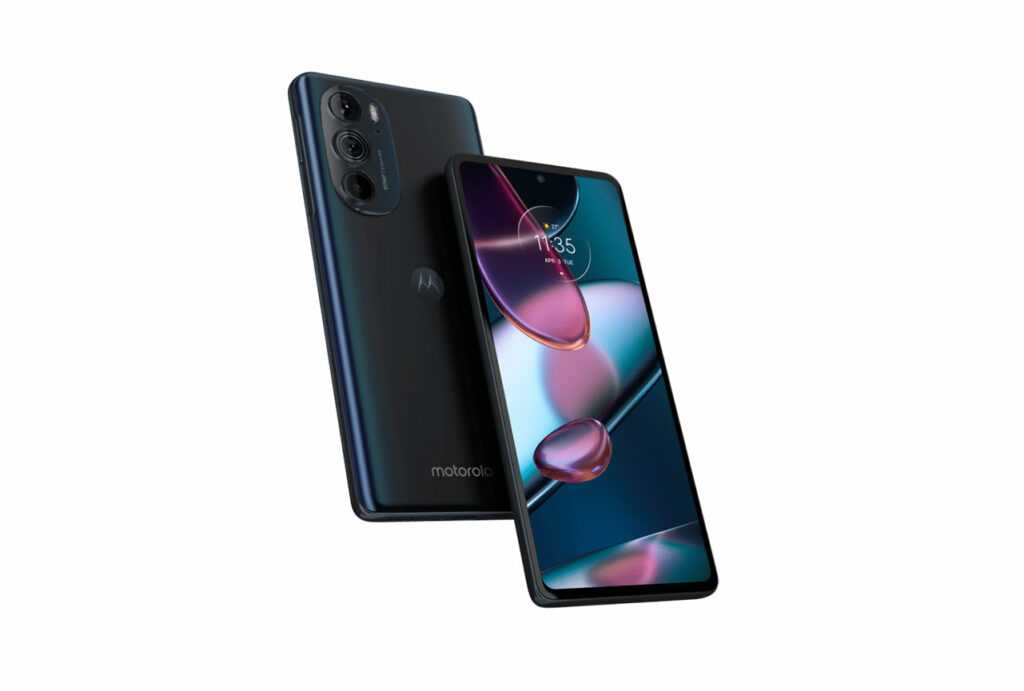
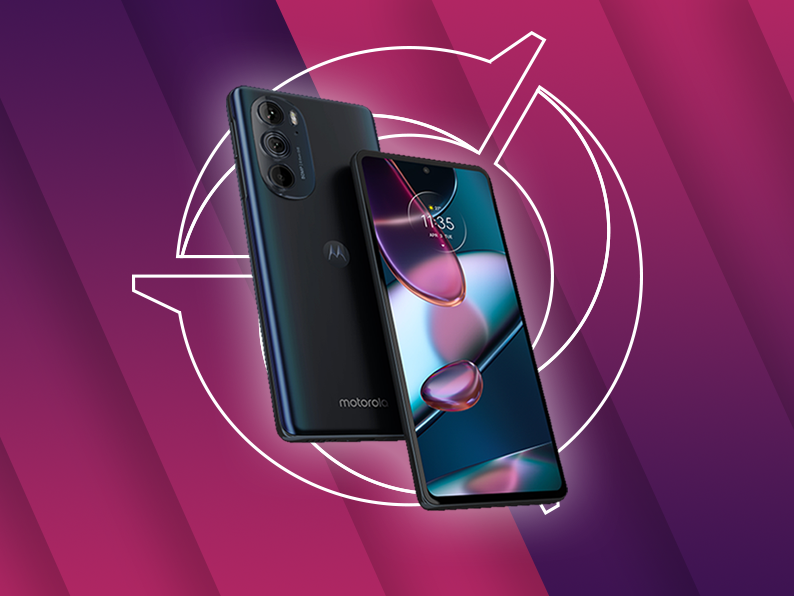
DXOMARK encourages its readers to share comments on the articles. To read or post comments, Disqus cookies are required. Change your Cookies Preferences and read more about our Comment Policy.